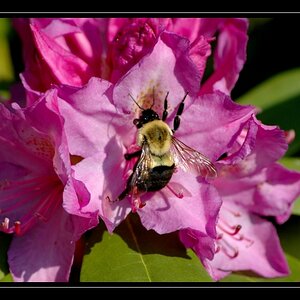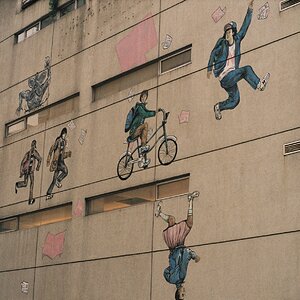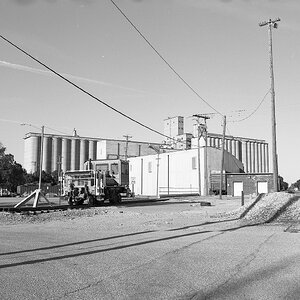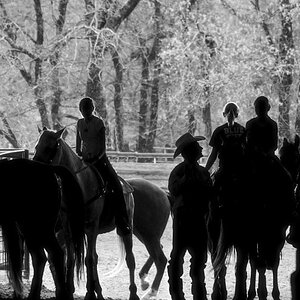kkamin
TPF Noob!
- Joined
- Aug 25, 2009
- Messages
- 515
- Reaction score
- 17
- Location
- Minneapolis
- Website
- www.kevinkaminphoto.com
- Can others edit my Photos
- Photos OK to edit
It seems like Alien Bees gear is very popular nowadays but don't really understand what that means.
Is it popular because it is very affordable? Is it stigmatized with the pros?
I haven't ever seen or used their products, but I just went to their website and their equipment seems reasonably priced, but it doesn't seem like its the cheapest either.
Thanks!
Is it popular because it is very affordable? Is it stigmatized with the pros?
I haven't ever seen or used their products, but I just went to their website and their equipment seems reasonably priced, but it doesn't seem like its the cheapest either.
Thanks!


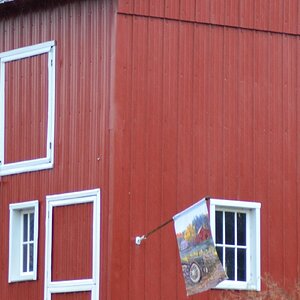
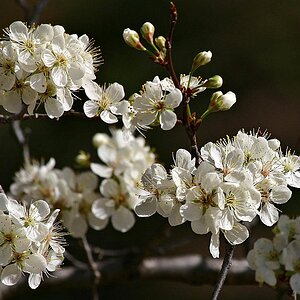

![[No title]](/data/xfmg/thumbnail/42/42468-f720ff996eb9cc6554c0019901223156.jpg?1619740193)
![[No title]](/data/xfmg/thumbnail/33/33906-2f9b24e4b1e1be07f68257916df0f2b3.jpg?1619736208)
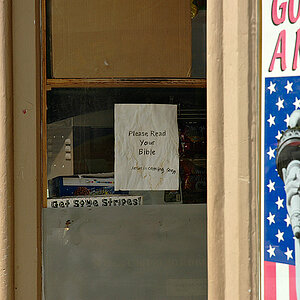
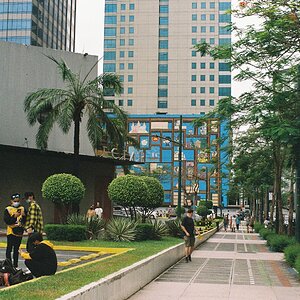
![[No title]](/data/xfmg/thumbnail/42/42272-c0d91b9d0872bcdfbcdfb5bb0529e302.jpg?1619740081)
